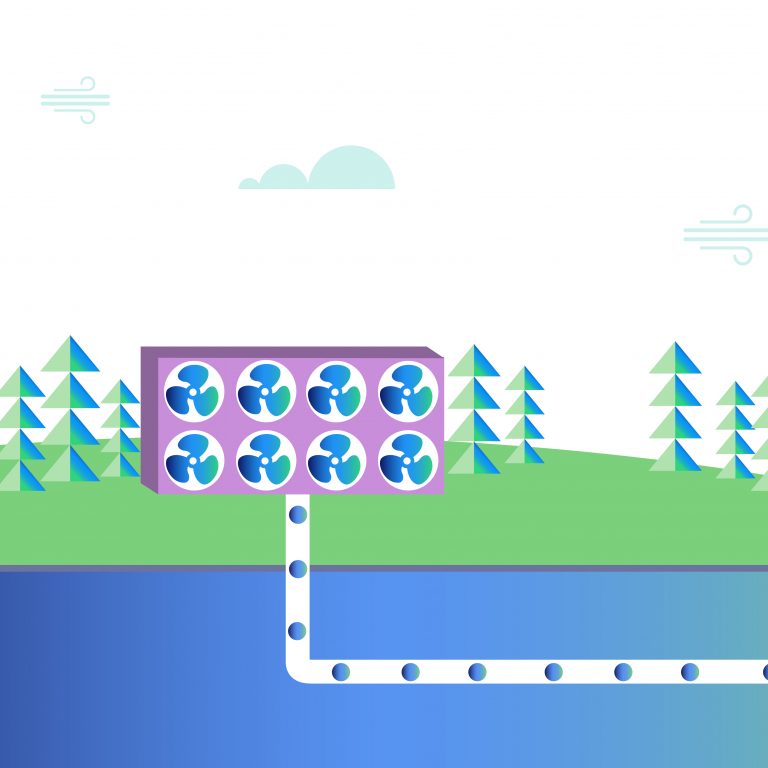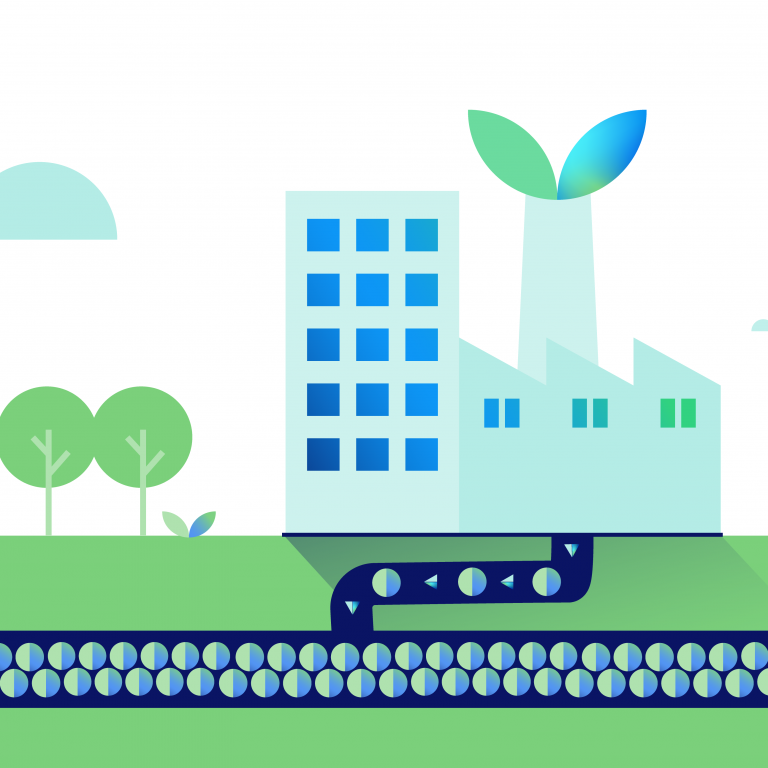However, by compressing organic matter like wood, forest residues and sawdust into energy-dense pellets, biomass can be used for heating or renewable bioenergy generation at a much greater scale.
Why are pellets powerful?
The advantage of using biomass in the form of a pellet is its energy density. This refers to the amount of energy that can be stored in a given amount of a material.
On their own the wood and residues like wood chips and sawdust that make up biomass do not have a high energy density. A kilogram of wood, for example, stores little energy, compared to fuels like coal, diesel or uranium.
However, by compressing forest industry residues into a pellet, biomass becomes significantly more energy dense. Wood pellets can also have very low moisture content, giving them a high combustion efficiency – an important feature in power generation.

How are biomass pellets made?
Biomass pellets are made at a pelletisation plant. Here wood that is unsuitable for other industries like sawmill residues, are brought together.
The wood is chipped, screened for quality, heated to reduce its moisture content to below 12% and then converted into a fine powder. This is then pressed through a grate at high pressure to form the solid, short, dense biomass pellet.
How are pellets used in power generation?
Biomass pellets can be used to generate power in a similar way to coal, allowing existing coal power stations to be transformed to use renewable bioenergy instead.
A conveyor system takes pellets from storage through to pulverising mills, where they are crushed into a fine powder that is then blown into the power station’s boiler. Here the biomass is combusted as fuel, the heat from this combustion is used to make steam which powers the generators that produce electricity.
Biomass pellets’ density and uniform shape also makes them easier to transport and store in large quantities. However, it is essential that they are kept dry while in transit and that when stored in biomass domes the atmospheric conditions are carefully monitored and controlled to prevent unwanted combustion.
Biomass pellet facts
- Biomass pellets produce 80% less CO2 emissions when combusted than coal, as well as lower levels of sulphur, chlorine, nitrogen.
- Wood pellets have an energy density of 11 gigajoules/m3, compared to 3 gigajoules/m3 from fresh wood or wood chips, according to the International Renewable Energy Agency (IRENA).
- Global wood pellet consumption for heating, as well as power, reached 35 million tonnes in 2018 – excluding China.
- When used in high-efficiency wood pellet stoves and boilers, biomass pellets can offer combustion efficiency as high as 85%.
Are biomass pellets renewable?
When forests are sustainably managed, and trees naturally regenerated or replanted and regrown in a human timeframe, it makes the biomass pellets sourced from them renewable.
It’s vital for the long-term energy generation that biomass pellets are sourced from responsibly managed forests and other industries that protect the environment and do not contribute to deforestation. Sourcing decisions must be science-based and not adversely affect the long-term potential of forests to store and sequester carbon.
Sustainable wood pellets are considered to be carbon neutral at the point of combustion. As they grow, forests absorb carbon from the atmosphere. When a biomass pellet is combusted, the same amount of atmospheric CO2 is released. The overall amount of CO2 in the atmosphere remains neutral, unlike with fossil fuels which release ancient carbon that has long fallen out of the natural carbon cycle.
Because sustainable bioenergy is low carbon when its lifecycle emissions, including supply chain CO2, are factored in, it is possible to turn it into a source of negative emissions, with the addition of carbon capture technology.
Go deeper:
- How as an oil crisis led an aviation engineer to develop biomass pellets.
- The ports, trains and domes that gets biomass where it needs to be.
- How a process known as torrefaction could supercharge biomass pellets.
- Ensuring biomass demand isn’t hurting forests.
- The 2 tonne balls crushing pellets to dust.



















